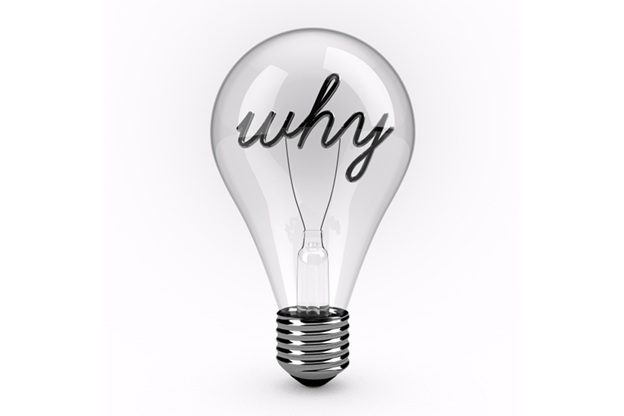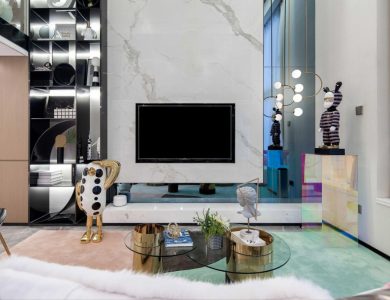Why Hazardous Area Lighting Is Vital for Oil and Gas Sites

You lead teams through high-risk work every day. Explosive gases, flammable vapors, tight spaces, moving equipment. You don’t have room for maybes. That’s why hazardous area lighting matters. It doesn’t just brighten the site. It helps prevent ignition, protects people you care about, and keeps your operation steady when it counts.
In the next few minutes, you’ll see how the right fixtures reduce risk, lift performance, and support compliance. You’ll also learn what to look for in certified solutions and how smart upgrades pay you back in uptime, confidence, and peace of mind.
When Darkness Meets Danger: The Risks You Can’t Ignore
Oil and gas environments are unforgiving. Vapors and gases can pool in low-lying areas. A single spark from an unsuitable light can trigger disaster. Add vibration, dust, salt spray, and weather that shifts without warning, and even routine tasks demand total focus.
You ask a lot from your crews. Inspections at night. Confined-space entries. Emergency call-outs when visibility drops. In conditions like these, weak illumination is more than inconvenient. It increases the risk of slips, trips, and mistakes during critical work. You deserve lighting that holds steady in the toughest conditions and supports the way your teams actually operate.
Engineered for Explosive Zones: What Sets These Lights Apart
Hazardous area luminaires are built with one goal in mind: containing any internal arc or heat so it cannot ignite the surrounding atmosphere. That is the core promise of explosion proof lighting fixtures. They reduce ignition risk while delivering dependable brightness.
This is where certifications bring confidence. ATEX certified luminaires and IECEx approvals confirm that equipment has been tested for explosive atmospheres and high-heat conditions. When you see these marks, you know you’re investing in lighting proven for your environment.
Durability matters too. In oil and gas sites, lights must resist vibration, dust, and corrosion. That is why many operators now choose flameproof LED light fittings, which combine rugged housings with high-efficiency LEDs for longer life and lower maintenance. They are engineered to deliver in places where other products wear down quickly.
Lighting That Saves Lives: See Better, Work Safer, Move Faster
You can feel the difference when lighting is right. Glare drops. Details stand out. Instruments, valves, and panels become easier to read. Your people move with confidence because they can see where they’re stepping and what they’re handling. Better light reduces fatigue over long shifts and supports sharper decisions in the moments that matter.
Safety and productivity rise together. Clear illumination streamlines inspections, helps teams detect leaks or damage early, and shortens repair windows. That means fewer stoppages and smoother handovers. When your crews know their lighting will hold up in a storm or during a night-time emergency, you’ll notice the lift in morale and focus.
That is why investing in industrial hazardous location lighting is more than compliance. It is about giving your teams tools they can trust in every part of your site.
Zero Tolerance for Risk: Certifications, Zones, and Compliance
You operate under tight rules for a reason. Certifications are not paperwork for the shelf. They are your assurance that every fixture has been tested for explosive atmospheres and heat limits. When auditors arrive, certified hazardous area lighting shows that you take risk control seriously and that you have selected equipment fit for the declared zone.
It is vital to map each area correctly. That means specifying Zone 1 and Zone 2 lighting solutions that match the classification of your workspaces. This ensures fixtures are safe for the conditions they will face. Verify documents, nameplates, and test reports before installation. Those steps up front spare you rework, penalties, and accidents.
Safety That Pays Back: Lower Costs, Less Downtime, More Uptime
Upgrading can feel like a big step, yet the returns add up quickly. LED explosion-protected fixtures often deliver service lives measured in tens of thousands of hours. Fewer changeouts mean fewer work-at-height permits and fewer interruptions. Lower energy draw trims operating expenses, especially in sites that run lights around the clock.
Reliability carries its own value. If lighting fails in a critical area, you might pause operations or slow to a crawl until it is fixed. That is expensive. With robust hazardous area lighting in place, you keep the line moving, protect schedules, and reduce overtime triggered by reactive repairs. Over a year, those saved hours and avoided stoppages can outpace the initial investment.
When you roll those outcomes together, you are not just buying fixtures. You are buying steadier operations and a safer working day for the people who count on you.
Conclusion
You carry responsibility for people, production, and the future of your site. The right hazardous area lighting supports all three. It lowers ignition risk, strengthens compliance, and gives your crews the visibility they need to work with confidence. It is not an optional upgrade. It is the foundation of safe, efficient performance in oil and gas.
If you are planning upgrades, start with certified products, zone-appropriate optics, and vendors who stand behind their testing. Choose lighting that respects your environment and your team. You will see the return in safer shifts, steadier output, and a site that is ready for whatever the next hour brings.



